
Marty Horvath: He took me by the neck and thumped me hard, while a bunch of other surfers stood around and watched. “Guys like you who come over here are a dime a dozen."
- When I was living in Los Angeles years ago, a door-to-door solicitor pitching San Diego vacations and tours showed me a brochure of local attractions. Included on the list was the Museum of Creation and Earth History in Santee. In the years since then, the museum has attracted worldwide interest, especially after its 1992 expansion, following a two-year remodeling. In addition to widespread newspaper coverage, CNN, the BBC, and French TV have sent teams to report on the museum
- By Tom McIver, Nov. 3, 1994
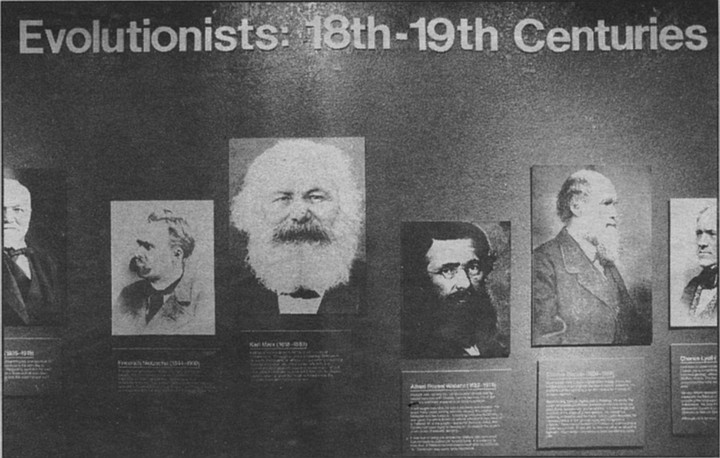
Dean of ICR graduate school Ken Cumming said he didn’t like me hanging around the ICR offices trying to “pump” faculty and staff members for information since I was the “enemy.”
- If anyone ever writes a Guidebook to Supernatural San Diego, one chapter will have to be set on the bluff in Encinitas where the coastline takes a bend eastward. The Self-Realization Fellowship owns about 13 acres there, property which overlooks a breathtaking expanse of the ocean and stretches, on its eastern perimeter, for a full city block along Highway 101.
- By Jeannette DeWyze, Oct. 20, 1994
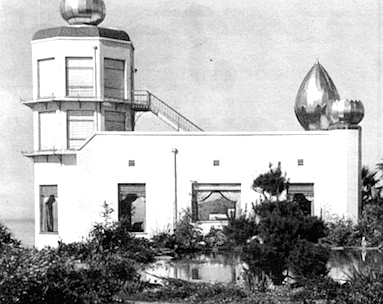
Yogananda's temple, 1940. Naval authorities forced the Fellowship members to cover the golden domes with white cloth, to foil Japanese bombers.
- I saw nothing unusual about a Chinaman kid dabbling in flamenco guitar. I liked it. Then Jackson Burgess, a writer from the South, sat down next to me as I practiced one afternoon. Teacher to student, father to son, brother to brother, friend to friend, he said the reason I played flamenco guitar was that I was a Chinese-American who couldn't accept either my Chinese or my American identity and was attempting to manufacture a new one as a Spanish gypsy guitarist.
- By Frank Chin, Oct. 13, 1994
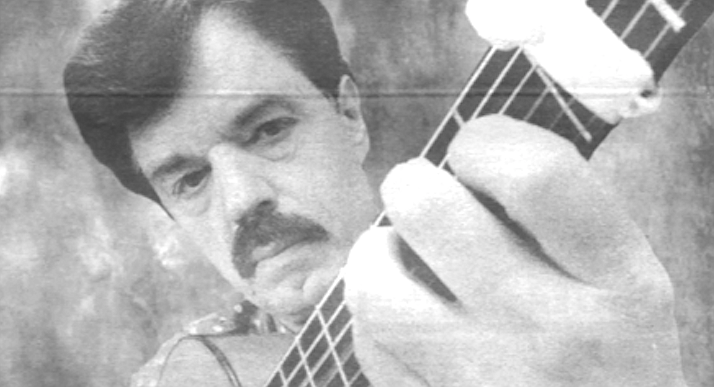
Paco Sevilla: “I thought flamenco guitar was something nobody in the world was doing. I didn’t know everybody on the beach was playing it."
Photo by Sandy Huffaker, Jr.
- Some critics have been adoring: "David Baze is simply a great artist." Others complain: "David Baze's paintings reek of emotional estrangement. Men and women rarely commune in these light-infused scenes — their bodes are neighbors, their minds, strangers."
- By Patrick Daugherty, Oct. 6, 1994
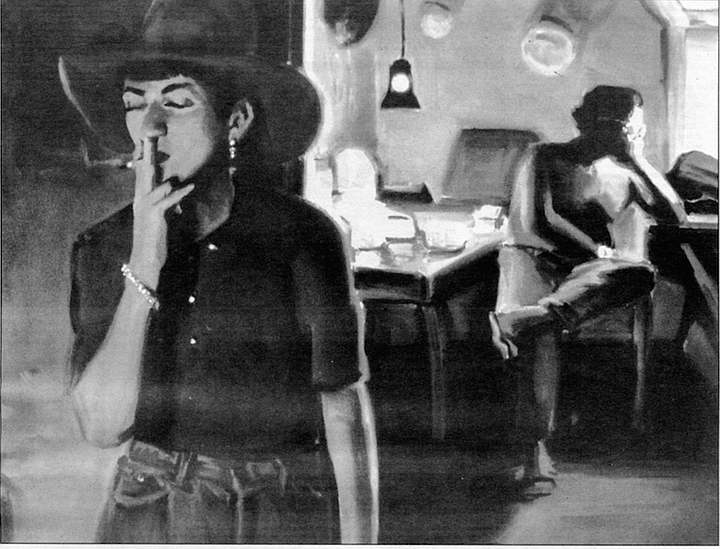
Night Train. "I made a drawing to figure the composition out, then I made a color study to figure the colors out."
- I drive the roads of San Diego County with an agenda: You don’t know when you might spot another canyon dancer, a concrete Nureyev. I hike gorges and find them in places called Goat Canyon and Pine Valley Creek, their sweet lines out of sight from all but the worshipful.
- By Peter Jensen, Sept. 15, 1994
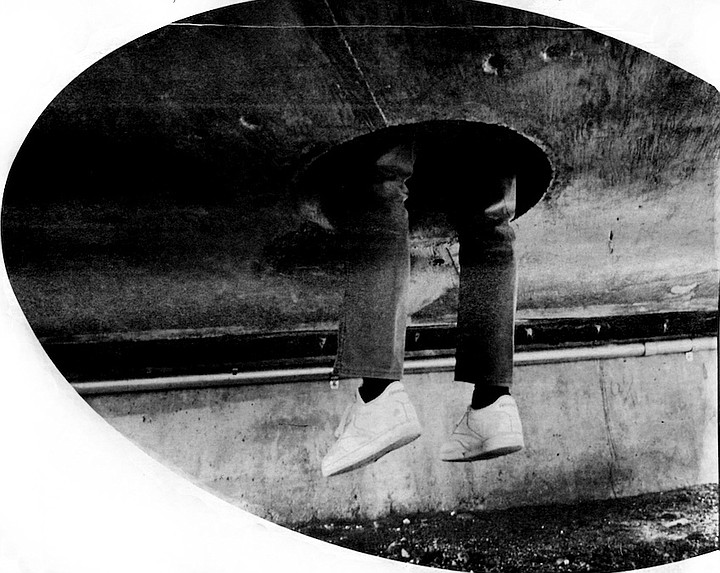
Bert Bezzone hoists himself into the interior of the Pine Valley Creek Bridge. Pine Valley is famous among bridge engineers as the first prestressed concrete bridge in the U.S. built using cantilever technology.
- "When I was a kid, every Saturday, Sunday morning I'd go across the street, 'cross Main Street, where it's now Tenth Street Terminal. It was all wetlands in there before they filled it in. San Diego Lumber Company had their yards in there, and there were doves in there till hell wouldn't have 'em. I'd go in there and kill 15, 20 doves. Shooting them on the ground."
- By Jud Weaver, Sept. 1, 1994
- March 23, 1991. A dark night. Linda Kadubec is finishing up in the Potters’ Guild shop and work studio in Spanish Village, the artists’ village in Balboa Park. Fifty yards away in Studio 16, Xian (pronounced Christian) Yeagan, a gem engraver, a sculptor of crystal, a student of lapidary — and on the outgoing tide of a relationship with Kadubec at the time — is also cleaning up.
- By Bill Manson, Aug. 4, 1994
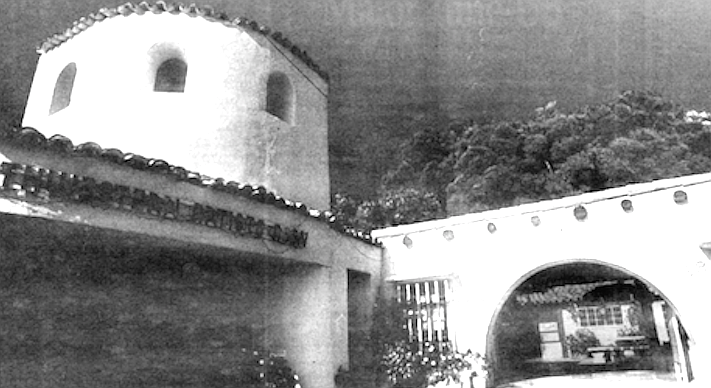
Spanish Village. "Keith's blood was in the water. He looked up at me and said, ‘I can’t move my legs.’"
Photo by Sandy Huffaker, Jr.
- In the days following the death of Richard Nixon, a series of reminiscences about the battered political warrior began to appear in the pages of the Union-Tribune. Editor Jerry Warren, once a Nixon press aide, wrote that Nixon had resigned the presidency not because he was about to be impeached but because Nixon believed “that the presidency, and America’s standing in the world, had to be protected. He could not prolong the trauma of Watergate.”
- By Matt Potter, July 28, 1994
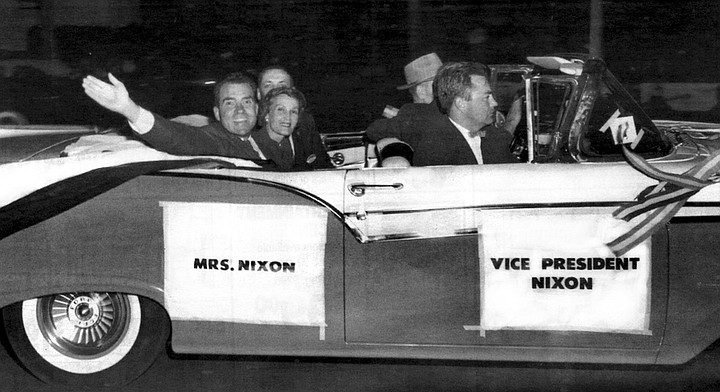
The Nixon campaign travels down Broadway in San Diego, October 1956. Copley knew Nixon even before he ran for Congress.
- I flew from Asheville, North Carolina, the town made famous by Thomas Wolfe's book You Can't Go Home Again and ancestral home of my maternal grandfather, Guy Clarke, of Scotslrish-Cherokee descent, to Los Angeles, then drove to Ramona, my hometown in northeastern San Diego County, arriving after 1:00 a.m., November 3, 1992 — Election Day!
- By Sharon Doubiago, July 14, 1994
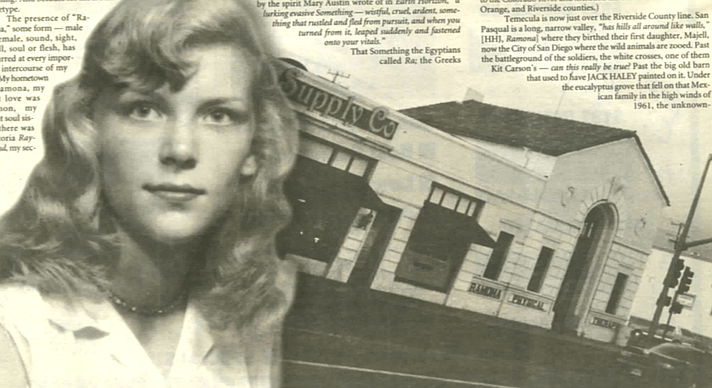
The author, Sharon Edens, 14. Out onto Main Street, against the wind, walking it like I used to, in bright light and flying eucalyptus.
- The Chinese let the Japanese take the heat and seemed to disappear under the rocks. The Chinese were there in WWII. They’ve been there since the time they are said to have dug tunnels under the border from Mexicali to Calexico to traffic in men. To the first Chinese, the blacks were the first Americans, and the Chinese included blacks when they said “lofan,”literally, “foreigner,” meaning, “not Chinese,” slang for “American.”.
- By Frank Chin, May 5, 1994
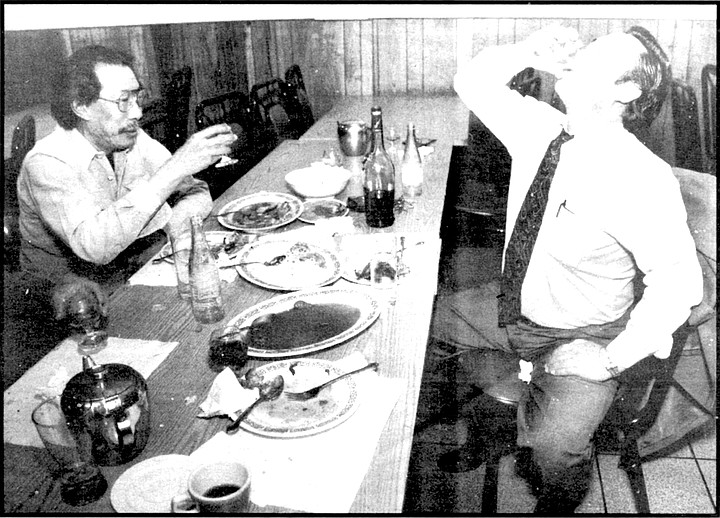
Arturo nods to me, pulls a large bottle of dark tequila he says he’s bought especially for me. He and I will drink this bottle, then we’ll be friends.
- In the dark Sopheap Cheam, ten, puts his foot through a body. A rotting, maggot-filled stomach, up to his calf. He yanks it out with a shudder. Grabs at the nearest leaves and starts frantically wiping away at his leg, flicking the maggots off, almost gagging at the smell. It is midnight. The half-starved little boy is on a desperate mission to find his parents. He has escaped from a Khmer Rouge work camp for boys.
- By Bill Manson, March 31, 1994
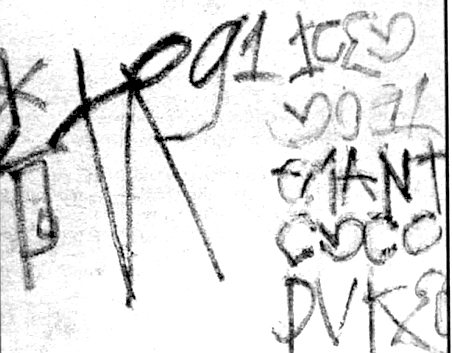
Over some of the OBS graffiti, the letters OKB have been scrawled in white chalk. “That’s the Oriental Killer Boys, mostly Lao. They’re the main enemy.”
- Some pretty radical things happened my senior year of high school, beginning with my dad dying of a heart attack. My dad was only 51 when he died — a big strong construction worker with Popeye arms. I could punch my dad as hard as I wanted in the stomach and it was like nothing to him. You didn’t mess with my dad. He was lord of the house. He wasn’t abusive or anything. He was a kind man, but if you messed with him, he would kill you.
- By Marty Horvath with Steve Sorensen, March 3, 1994
 Facebook
Facebook
 X
X
 Instagram
Instagram
 TikTok
TikTok
 Youtube
Youtube






















